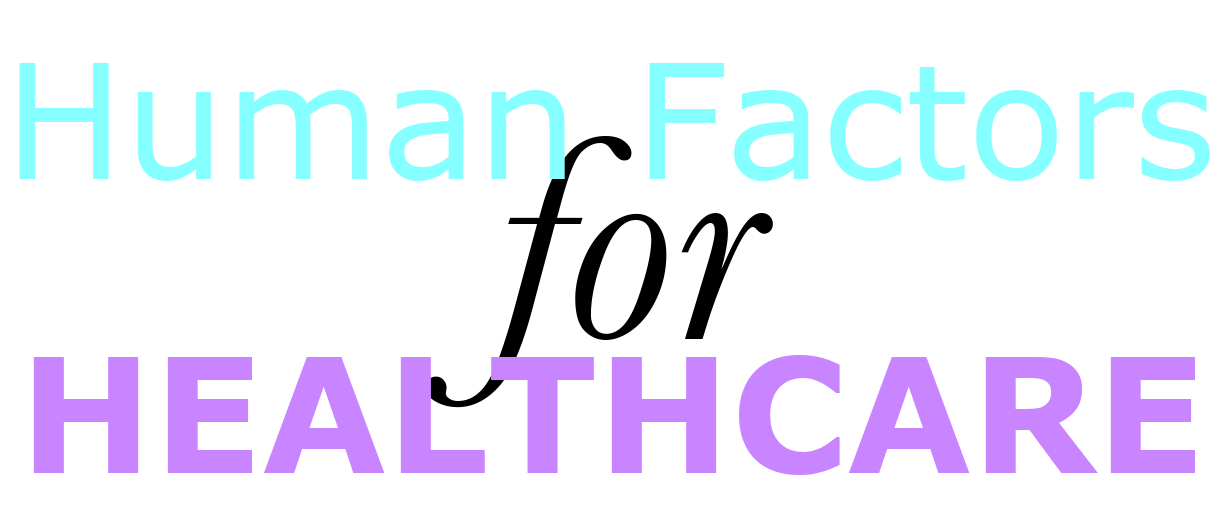Scenarios
Key Points
- Capture instances of users detailing their tasks.
- Descriptions of how technology could be used within a given context.
What are they and Why use them
Scenarios provide context behind the users’ intentions to perform their task. There are two types of scenarios that are commonly developed, current or speculative. A current scenario is used to depict in detail how a task is currently carried out. It can be used to highlight key points of frustration within the given context. Speculative scenarios, which are more common, depict how users’ needs can be addressed with the adoption of technology. Although these are fictional, they allow researchers to envisage how technology can be incorporated and utilised within the users’ context. Each scenario should list the goals that could be accomplished from their design, and how they relate to the observations and interviews from which they were conceived.
When to use them
Scenarios are best developed during the phase of establishing which technology provides the best outcome for users. Doing so allows them to be implemented into workshops as a way for users to investigate possibilities, and for users to provide additional contextual implications the researchers may be unaware of.
How to use them
Scenarios are written using descriptive language to portray the story and context of how technology can be used in a given situation. When developing a scenario there are three main points to consider. Who is the user? What is the context of the scenario? What goal is the user trying to accomplish?
Pros
Quick to develop, helps others to envisage how the technology can be used.
Cons
Fictional, good on paper but difficult to implement.
Points to ponder
- Is the scenario realistic?
- Is the scenario achievable within the available time?
- What challenges may arise from this scenario?


